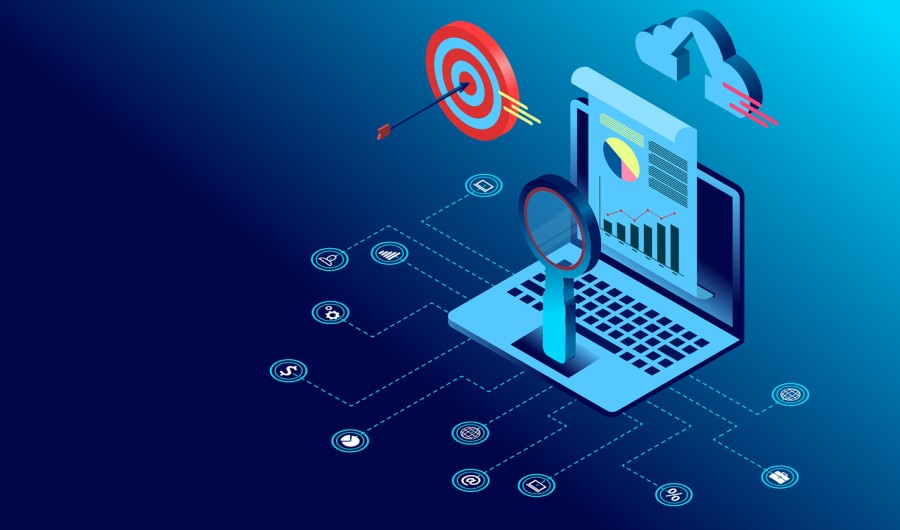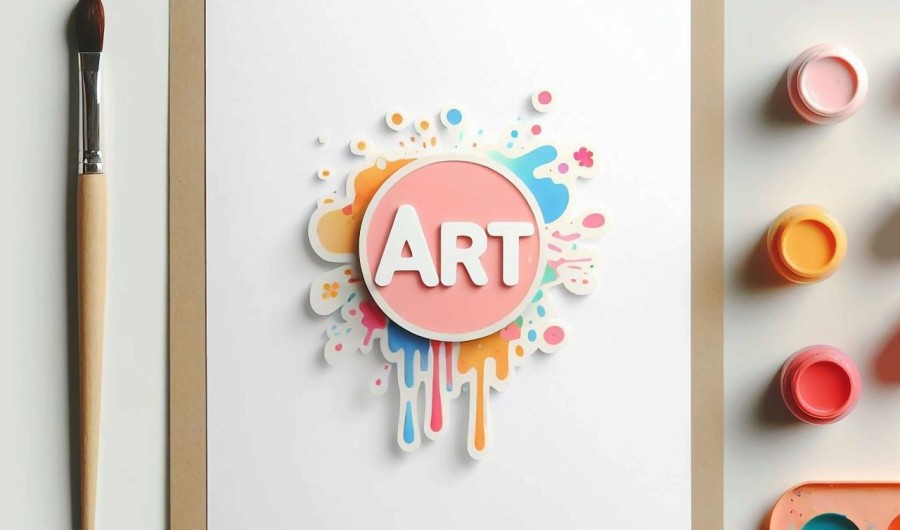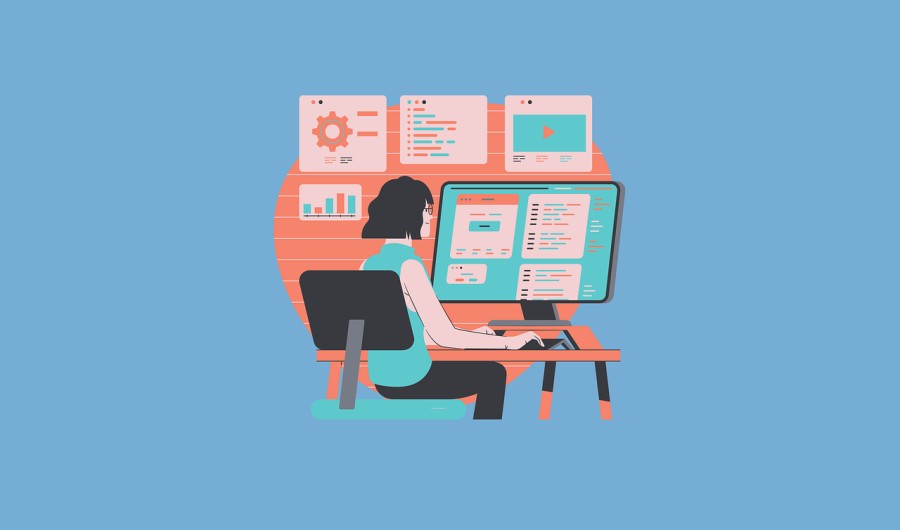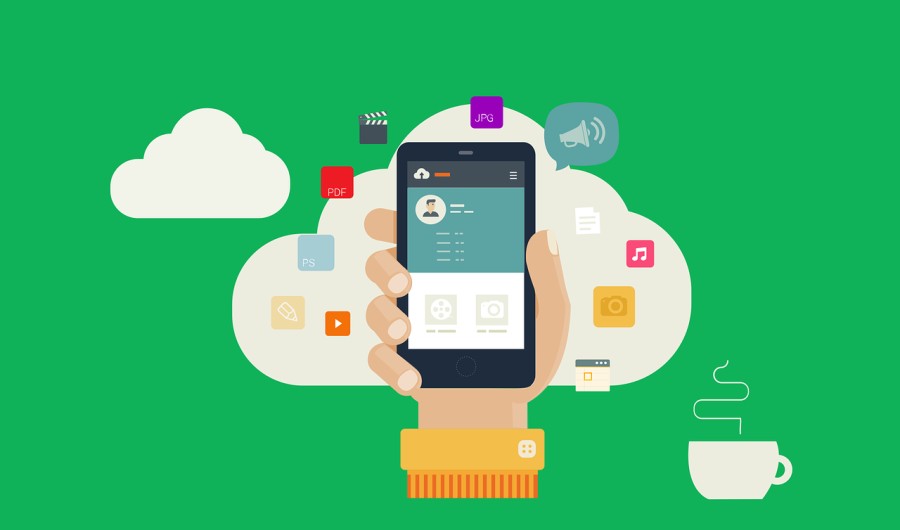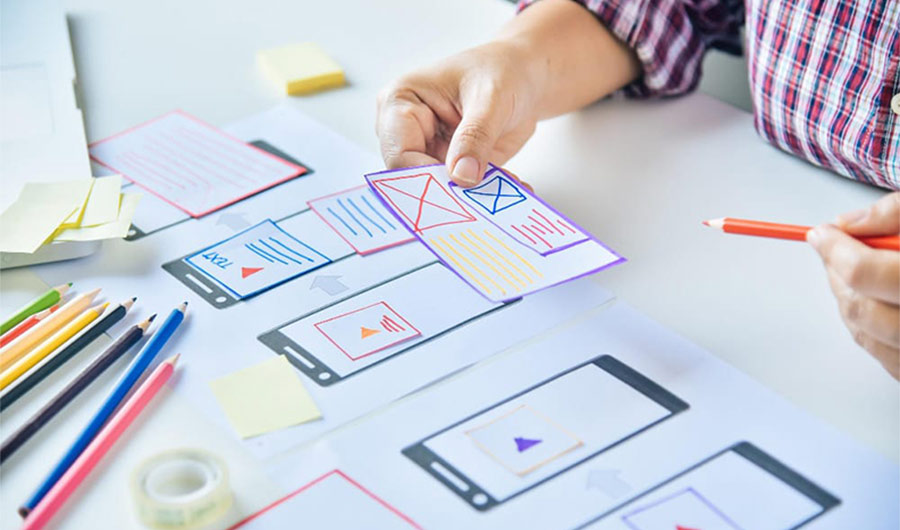
How Much Does It Cost to Design a Mobile App?
With over 6.3 billion smartphone users across the world, it’s no surprise that the mobile app industry is thriving. The mobile apps are the cornerstone of organizations and individuals in the digital era. Mobile apps are nowadays widely adopted to enhance customer interactions, automate operations, and entertain.
A popular question in app development is: How much is the price of designing a mobile app? The answer is complex and it is determined by many factors. In this thorough article, we will learn everything about mobile app development costs, including the pricing variables to aid you in making the right decision.
Influences On the Cost Of App Development
Several factors that vary in their importance influence the cost of app design. Knowing such variables will help you approximate app design costs. We’ll go over each item of the mobile app UI design cost.
1) Platforms
Both Android and iOS have different UI and background processes. While for Android app you have to make it fit multiple solutions, iOS is not as specific. For the same reason, Android app development cost is more than that of an iOS app.
2) App Complexity
UI/UX design cost, modern mobile app design concepts, mobile app development cost, and app maintenance cost are discussed from beginner to expert level.
#1) Basic App
The application will be limited to the 3 screens and will not have animations or interactivity.
#2) Average-complexity Apps
The apps consist of several screens, animations, and interactive features. They are frequently constructed independently for Android and iOS to align the platform’s appearance.
They adhere to Google Material and human interface design principles. Most likely the apps that you use each day, like WhatsApp and Uber, are of medium complexity.
#3) Highly complex Apps
These apps need mobile app designers. This site uses many animations and transitions to assist people to switch screens and become regular users. Complex OTT apps include Netflix, Amazon Prime, and others. Many screens require a device-centric native UI design for these apps.
- Simple app design – 40-60 dollars per hour approx
- Average app design – 150-350 dollars per hour approx
- Complex app design – 400-1000 dollars per hour approx
3) Teamtype
Choosing an app design team determines costs. An in-house design team is usually the most expensive, whereas outsourcing and freelancers may be cheaper. Whether to recruit freelancers, in-house staff, or professionals depends on various aspects.
- In-house – 30000 dollars per hour approx
- Outsourced- 12000 dollars per hour approx
- Freelancer – 6000 dollars per hour approx
4) Visual designs
The colors and UI mockups you choose for your app can affect its pricing. Color is crucial to mobile app visuals. These colors may define the tone and feel of the app and highlight crucial functionality.
However, utilizing too many colors can increase app design costs because it takes more labor to balance and harmonize them. Typography, mood boards, UI mock-up samples, and final mockups are also significant. App typography conveys personality and tone through font choice.
Moodboards are a perfect tool for transmitting your app idea to the team using the right tone and feeling. The organization of an app can be resolved by using UI mockup samples. The final UI mockups make the app look like a professional one.
How Does App Design Affect Cost?
1) Discovery Stage
The first part is a step of understanding the problem. Market research, user persona, path mapping, and competitive analysis are part and parcel of the process.
- Market Research
By market depth research, it is possible to define target users, determine their wishes, and set prices for the app. It can be used to create an app that takes into account the market needs. Market research is also used by firms to identify their competitors and to differentiate their products to compete.
- User Persona
User personas affect design in many ways. They can assist you in understanding what features your users value and how they use them. This data can inform layout, usability, and functionality decisions.
Personas can also indicate app difficulties. A busy working mother may struggle to use an app that requires a lot of data. User personas help you create a more user-friendly and trouble-free program. You may save time and money in the long term.
- User Journey Mapping
It visualizes user interaction with a product or service. User journey mapping can significantly affect pricing when utilized properly. Understanding how people interact with an app helps designers improve it for a seamless user experience.
This can lower development expenses and speed up app design. User journey mapping can also identify client attrition, saving money. User path mapping is a great tool for app design.
- Competitor Analysis
By reviewing competitors’ apps, businesses can learn what works and what doesn’t for their users. Use this data to improve your app’s usability and success. Competitor analysis can also help organizations find market gaps to exploit.
2) Design Stage
UX design involves creating the user interface and experience. This phase comprises sketches, wireframes, prototypes, and user testing.
- Sketches
This is the first and most important step in app design because it helps understand user behavior. Sketches allow organizations to test customized mobile app design concepts without quickly constructing a prototype, saving time and money.
- Wireframes
After sketching, create wireframes. Wireframes are more detailed sketches that show all screen elements. This is an important design stage that ensures all elements are placed efficiently.
Wireframing helps uncover potential issues early in the design process and can be used to test new mobile app design ideas.
- Prototypes
Start prototyping after wireframes are finished. Prototyping involves app mockups. Businesses can better understand an app’s functionality by producing a prototype. This speeds up design and makes the end product more like the original.
- User Testing
User testing gathers user feedback to improve app usability. Businesses can improve user experience by observing app usage. User testing also uncovers hidden issues that may not be obvious during design, saving time and money.
3) The Development Phase
Code is used to create the app’s design, followed by functionality and user input testing.
- Coding
App development requires coding to work and achieve goals. Apps are static pictures without coding. Coding helps apps link to databases and web services, improving functionality and user experience.
- Testing
Testing lets you see how users use the app and find ways to improve it. Testing can also find flaws before the program is released. Businesses can ensure consumers will like the app and use it consistently by extensively testing it.
- Launch
Businesses may launch a successful app by planning and testing the launch process. The launch can also reveal flaws that need to be resolved before the program is released. This may improve app downloads and usage.
Conclusion
Calculating mobile app design costs involves many elements. Functionality, platform compatibility, design complexity, and team expertise are examples. Additionally, maintenance, updates, and post-launch support increase costs.
Professional mobile app design services deliver a customized, user-friendly product that engages and pleases its target audience while prices vary. Successful mobile app ventures balance quality, price, and long-term viability.

